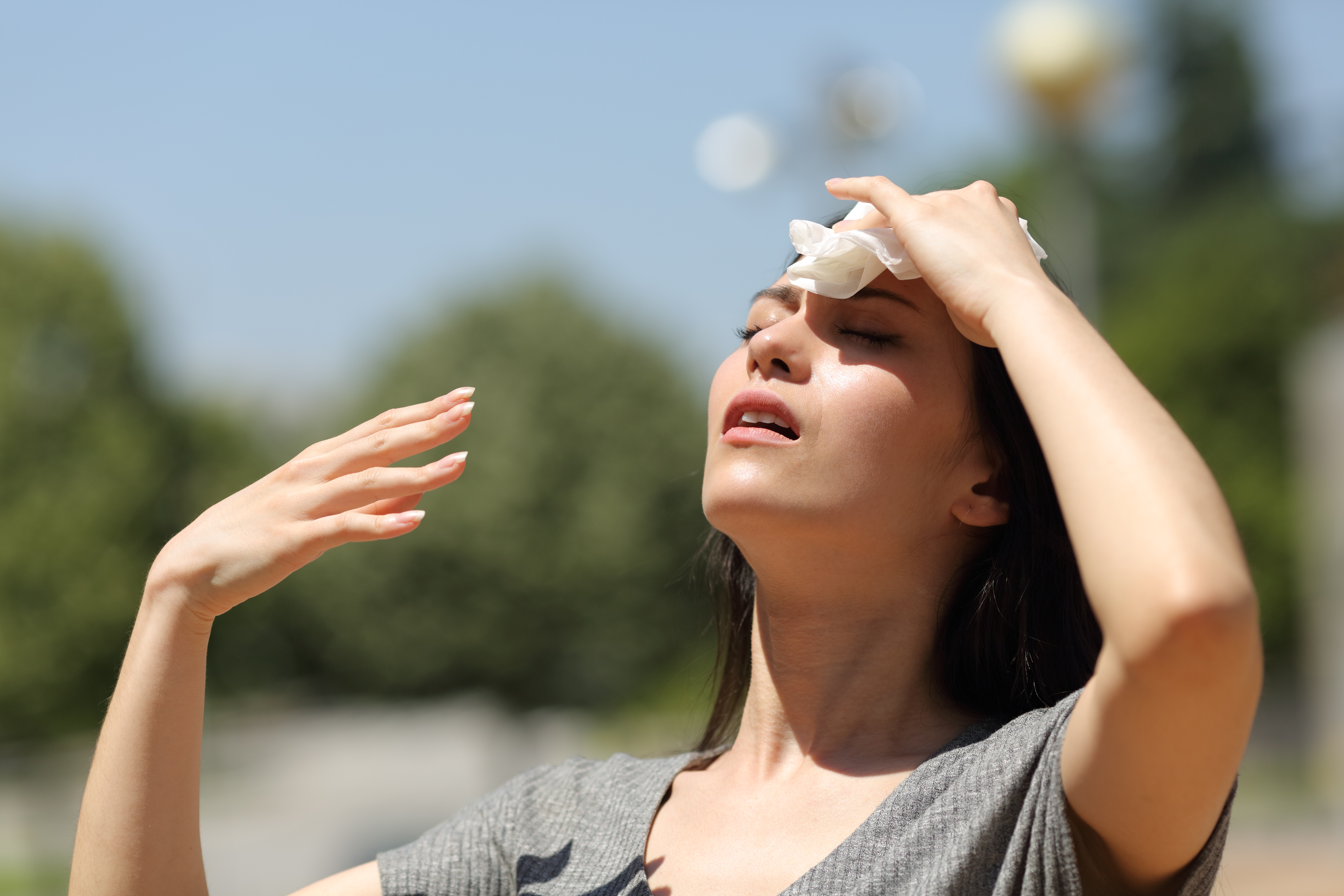When the temperatures outside rise, ultraviolet rays from the sun become stronger, greatly increasing the risk of skin cancer exposure.
As the summer heat continues, with some parts of the world breaking record temperatures, experts at Carle Health are reminding everyone to continue practicing sun safety.
“Accumulating sun damage can start at a young age. Over time, repetitive damage causes changes within the chromosomes of the skin cells, and we start to see an increase in atypical cells in the skin,” Carle Health Surgical Dermatologist William Holmes, MD, said.
Dr. Holmes added that there are two main categories of skin cancer: melanoma and nonmelanoma, with melanoma being the deadliest and nonmelanoma being the most common and easiest to treat.
“Most skin cancers are extremely curable. Most are caught in stage 1 and rarely spread anywhere else, but they can be a nuisance,” Carle Health Radiation Oncologist Candace Correa, MD, said. “The origin of cancer is basically DNA damage. You can’t see ultraviolet light, but it can penetrate the skin and cause damage.”
Experts say a bump on the skin or a raised lesion can be a sign of nonmelanoma skin cancer. These abnormalities can sometimes be easily overlooked, but certain signs indicate they’re cancerous.
“Skin cancer can look like a bunch of different things. It can be a little scratch that turns into a bump and doesn’t heal. It can be a little white area that bleeds and heals over and over again. It can be a big, bleeding sore that some can mistake as a pimple, but it never goes away,” Dr. Holmes said.
Dr. Correa said if ever a bump on the skin has those qualities or otherwise seems suspicious, it’s never a bad idea to get it checked out by an expert.
“A doctor can take a thin layer of skin, look at it closely under a microscope and determine if the skin area has any cancer in it or not,” Dr. Correa said. “Tests are very accurate, and it usually takes less than a week to get the results.”
Nonmelanoma skin cancer can vary based on the length of sun exposure and its level of intensity. Both doctors said those using proper protection can avoid it.
When getting ready to head outside, Dr. Correa recommended using a sunscreen of SPF 30 or above – anywhere skin is exposed. Dr. Holmes added that what you wear can also make a difference.
“Clothing or sunscreen – usually it is a combination of both. If you’re getting too much sun or seeing visible changes such as a tan, then you really need to move on to better sun protection,” Dr. Holmes said.
He also said that it is a common misconception that tanned skin is a reflection of healthy self-care. Instead, it is actually a sign of the skin defending itself against sun damage.
“I compare the effect tanning has on the skin to what smoking does to the lungs. The skin’s response to ultraviolet light is to produce pigment and disperse it through the skin to protect it. That’s where we get a tan, which in and of itself is telling us that our skin is reacting to damage.”
Dr. Correa said that, in addition, certain ointments and lotions can hurt your skin more than help it.
“Things like baby oil are going to increase sun intensity because they are very reflective. Even low SPF sunscreen will increase the amount of UV rays your skin absorbs.”
Dr. Holmes said that while vitamin D and certain benefits from sunlight are important, it doesn’t take a lot of time outside to receive those same benefits.
If you are planning to spend an extended amount of time in the sun, protect yourself with these tips.
“If there is a concern that you might have something suspicious, get it checked out by your dermatologist or primary care doctor,” Dr. Correa said.
Carle Health team members who are enrolled in the employee health plan through Health Alliance can take advantage of their benefits to receive care. For example, both the PPO and High Deductible Health Plan (HDHP) offer annual wellness visits at no cost. The benefits team also listened to team members’ feedback and made changes to make diagnostic testing such as labs and radiology more affordable.
Hally® care coordinators are here to support and encourage team members with a service that’s part of the employee health insurance plan. Care coordinators work with you, your doctors and nurses, and your health plan to help you reach your health goals. To get started or get more information call the number on the back of your health plan ID card.
Categories: Staying Healthy
Tags: cancer, dermatology, heat, melanoma, oncology, Peoria, sun, weather
